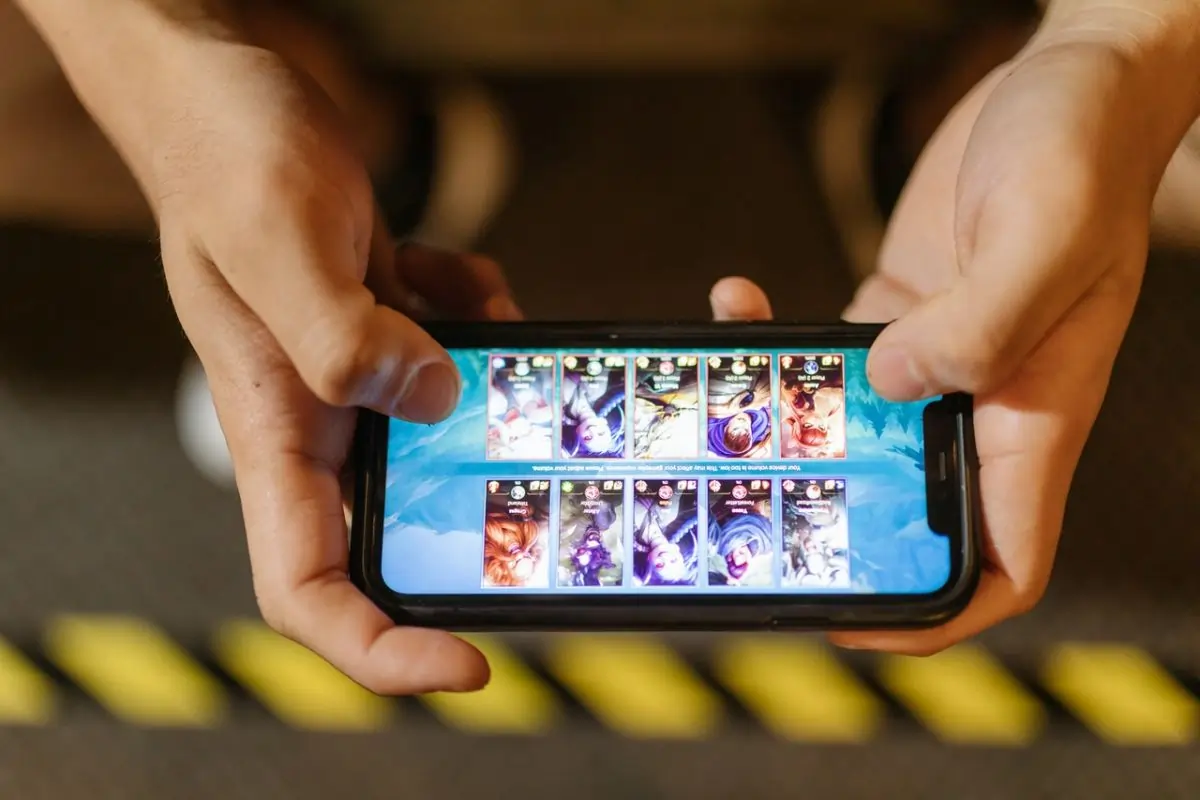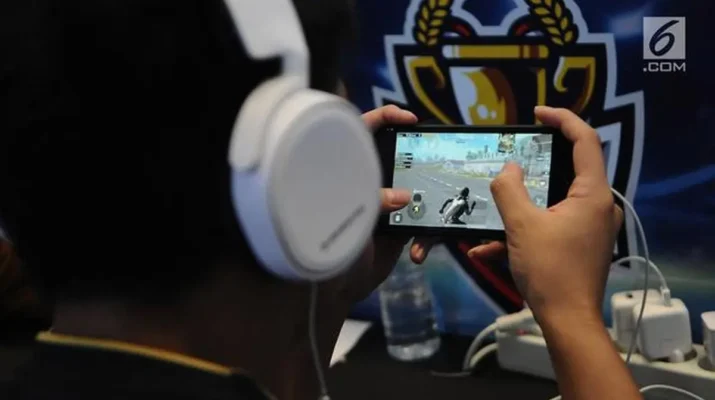A little over a decade ago, gaming was primarily a home-based hobby. Consoles and PCs were the kings of the market. Today, that landscape has changed completely. Mobile gaming has risen from a niche market to an unstoppable force, generating more revenue and attracting more players than all other gaming platforms combined. This isn’t just a fleeting trend; it is the new standard for how people play games.
This dominance is not an accident. It’s the result of a perfect storm of accessibility, innovation, and a powerful business model that changed the rules of the game.
The Power of Accessibility and Pervasive Devices of Gaming

The most significant factor in mobile gaming’s success is its unparalleled accessibility. Almost everyone owns a smartphone. This means a potential gaming device is already in billions of pockets worldwide. Unlike consoles or PCs, which require a significant upfront investment, mobile gaming can be enjoyed by anyone with a smartphone, regardless of their financial status.
Our resident market analyst, Mark Anderson, calls this the “democratization of gaming.” He says, “You don’t need a thousand-dollar console to join the fun. You just need a phone. This massive user base is what gave mobile gaming its initial spark and its ongoing momentum.” This low barrier to entry opened up the world of gaming to a new, diverse audience.
Free-to-Play: The Business Model That Changed Everything
The free-to-play model is the engine of the mobile gaming industry. Developers offer games for free, relying on in-app purchases for revenue. This model proved to be incredibly effective. Players can download a game without any risk, and they only spend money if they enjoy it. This model is far more profitable than the traditional one-time purchase model used by console and PC games.
This business model also encourages continuous development. Developers regularly release new content and updates. This keeps players engaged and spending money over a long period.
A Platform of Constant Innovation
Mobile gaming thrives on innovation. The platform is a testing ground for new ideas. Developers use the unique features of smartphones and tablets to create new game mechanics. They use touch controls, motion sensors, and augmented reality to build new experiences.
For example, games like Pokémon GO showed the potential of AR. Other games use the phone’s gyroscopic controls for a more immersive experience. This constant evolution keeps the market fresh and exciting.
The Rise of Esports and Social Gaming
Mobile gaming has also become a huge social activity. Multiplayer games like Mobile Legends: Bang Bang and PUBG Mobile have built massive communities. These games are not just about playing alone. They are about playing with friends. This social element keeps players coming back.
The growth of mobile esports has also helped. Tournaments with large prize pools prove that mobile games can be just as competitive and engaging as PC or console games. These tournaments attract millions of viewers. They also legitimize mobile gaming as a serious form of competition.
